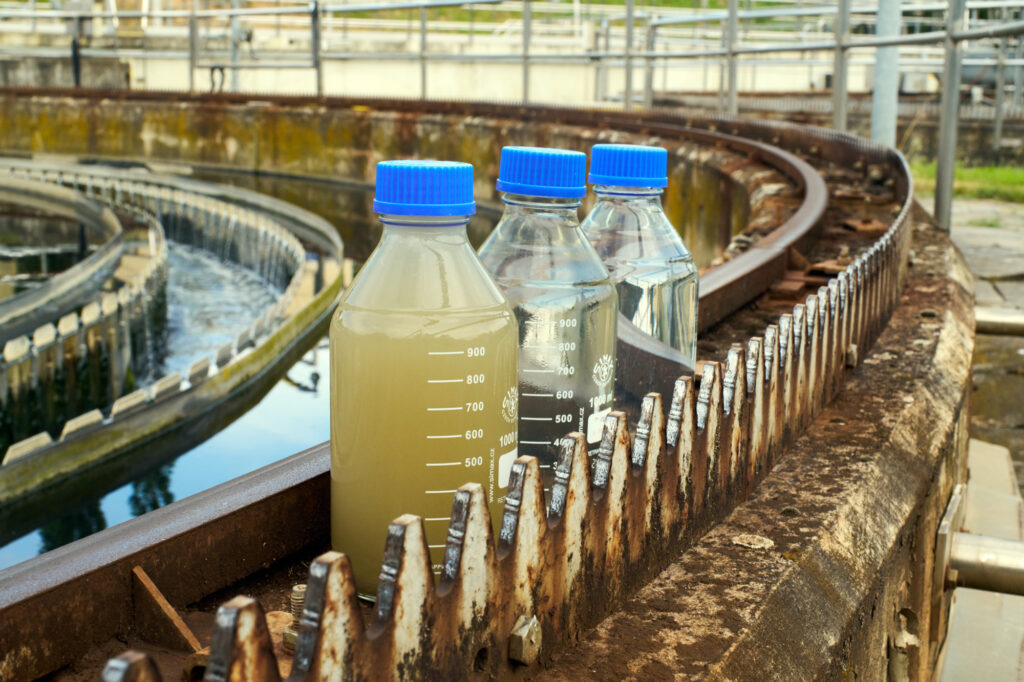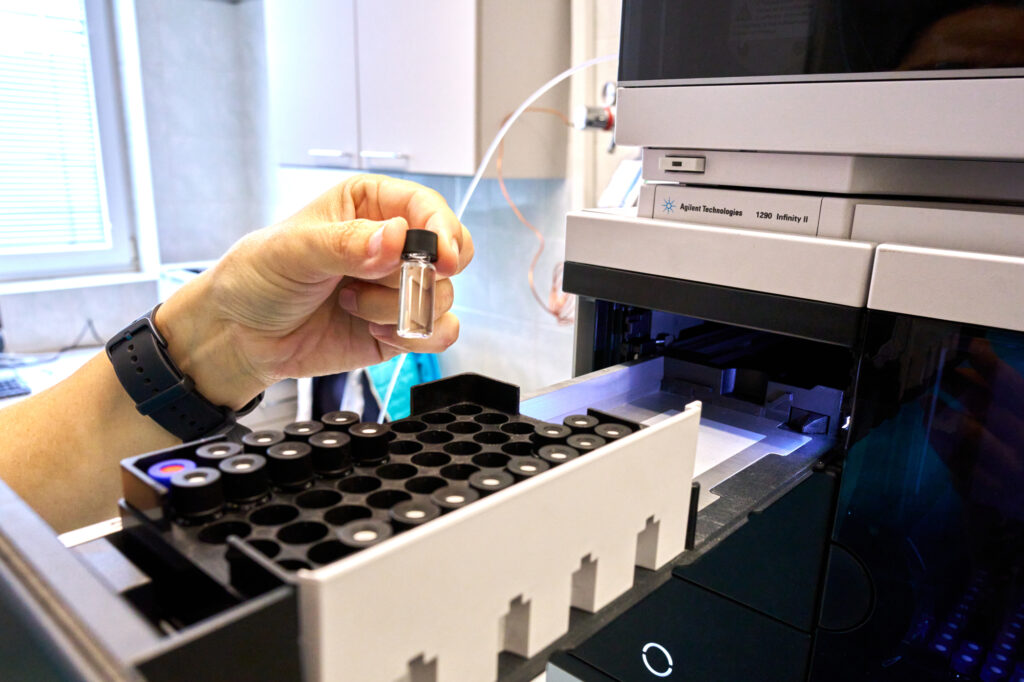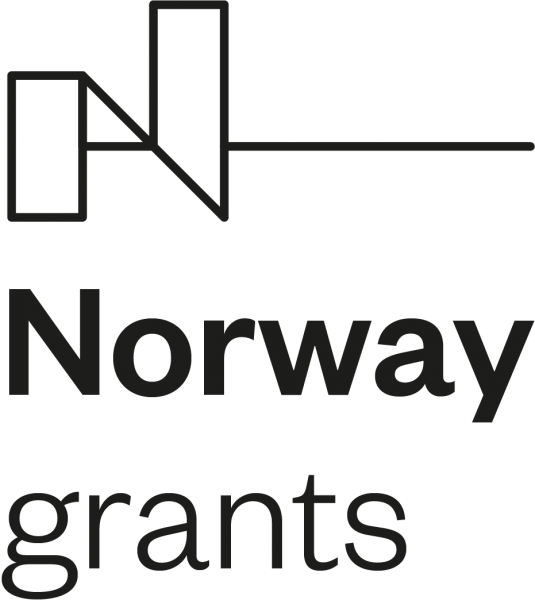Catch a glimpse of what’s brewing beneath the surface! Alongside presentations on projects supported by the Environment, Ecosystem and Climate Change programme, experts will deliver insightful lectures on aquatic ecosystems.
Video recording of the conference (English)
Proceedings from the conference can be downloaded here.
Download the conference program: Conference 5.6. – Micropollutants
Czech version: Konference 5. 6. – Mikropolutanty

- Fate and effects of micropollutants in the aquatic environment/University of South Bohemia in Ceske Budejovice – Tomáš Randák
The University of South Bohemia in České Budějovice implemented a bilateral initiative with the support of the Norway Grants programme in cooperation with the partner organization COWI AS. The bilateral initiative focused on sharing experience and knowledge in the field of protection of waters, detection of new pollutantsa in the environment and their effect on freshwater ecosystems. You can read more about this initiative on our website. Scientists from the university have been studying the issue of micropollutants in water and the impact of pharmaceutical residues on aquatic ecosystems for a long time. As a representative of the university, we invited Dr. Tomáš Randák to the conference.
Presentation: Fate and effects of micropollutants in aquatic environment
- Pharmaceuticals in drinking water at the Káraný water treatment plant/E.G.Masaryk Water Research Institute – Zbyněk Hrkal
The water treatment plant in Káraný is a strategic source of drinking water not only for the capital city of Prague but also for the central part of the Central Bohemian Region. Káraný supplies very high-quality drinking water to Prague and its surroundings at a rate of approximately 1,000 liters per second, with a possible capacity of almost double that amount. Thus, it provides about one-third of Prague’s total drinking water needs.
What is its status in terms of pollution by micropollutants and pharmaceutical residues?
- Pharmaceuticals in surface water of Vltava river catchment/Povodí Vltavy state enterprise – Marek Liška
The Vltava River Basin Authority, a state enterprise, builds on the best traditions and experiences of Czech water management. The goal is to improve the possibilities for the versatile use of surface and groundwater throughout the entire Vltava River basin so that it remains a significant place for a healthy environment and a full quality of life for people. In an area covering a total of 28,708 km², the Vltava River Basin Authority, a state enterprise, manages more than 23,000 km of watercourses in the hydrological basin of the Vltava River and in other designated hydrological basins. Of these, 5,470 km are significant watercourses, almost 12,000 km are designated small watercourses, and another nearly 5,700 km are undesignated small watercourses.
Presentation: Pharmaceuticals in surface water of Vltava river catchment
-
Innovative carbon-based sorbents as an efficient way of wastewater treatment/Technical University of Ostrava – Roupcová Petra
Micropollutants and their metabolites enter the aquatic environment from a variety of sources with the main sources of contamination being sewage, agricultural effluents and even recycled municipal wastewater for parks and gardens. The project will prepare and analyze carbonaceous sorbents based on biochar and other selected carbon compounds. Furthermore, a treatment unit will be designed for final purification and disinfection of wastewater from selected micropollutants. This pilot unit will subsequently be installed as a pilot plant at the Příbram WWTP which is connected to 2 medical facilities and at the Ostrava WWTP.

- Norway: Monitoring of microplastics and use of digital tools on removal of marine litter/Centre against Marine Litter – Norwegian Environment Agency – Ragnhild Nylund
The Norwegian Environment Agency is the largest agency under the Ministry of Climate and Environment with approximately 700 employees, most of whom work at our offices in Trondheim and Oslo. The sections that are primarily responsible for nature management are located in Trondheim, while the sections that are primarily responsible for climate and pollution issues are located in Oslo.
Presentation: Monitoring microplastics and beach cleanup tools
-
Monitoring of pesticides in the environment and methods of their elimination/Technical University of Ostrava – Tereza Motúzová
VSB – Technical University of Ostrava has been connecting technical, economic, natural sciences and artistic disciplines in modern study programmes for more than 175 years responding to the real problems of the present. A representative of the Institute of Environmental Technology focused on the issue of pesticides in surface waters during her presentation.
Presentation: Monitoring of pesticides in the environment and methods of their elimination
- CarbonCLEAN: Removal of pharmaceuticals from waste water using textile filters containing biochar/AIVOTEC Ltd. – Sylvie Kříženecká
The aim of the project is to demonstrate the effectiveness of the removal of selected drugs from real wastewater and in the real technological conditions of the WWTP in a demonstrative pilot plant, and to determine the possible need for partial technological modifications of the filtration equipment so that it can be used in normal operation. Technically, replaceable textile filters with CarbonCLEAN® sorbent, which is a biochar-based material, originally developed by AIVOTEC, are used.
- The validation testing of advanced oxidation processes for the removal of pharmaceuticals from the effluent WWTP/Brno University of Technology – Tomáš Macsek
Our goal is to test in operation methods for reducing water pollution in the form of drug residues. In the project, we use oxidation processes based on ozonation and technologies close to nature, such as artificial wetlands or biofilters, to purify water. The project is implemented at two selected locations – the wastewater treatment plant in Blansko and the Research Institute of Veterinary Medicine in Brno. The aim of the project is to reduce this pollution by at least eighty percent.
Presentation: Validation testing of advanced oxidation processes

-
Decentralized removal of micropollutants from infectious hospital wastewater/Prague Water Supply and Sewerage, Inc. – Robert Kvaček
The project focuses on the reconstruction of the existing WWTP and the installation of advanced treatment technologies. The Wastewater Treatment Plant (WWTP) is located in Prague 4 – Krč on premises owned by the Partner. The existing WWTP does not meet the conditions required by ČSN 75 6406, and its outdated biological line and chlorination do not provide complete disinfection and removal of pharmaceuticals before discharge into the sewage network. Currently, wastewater treated in the existing hospital WWTP is discharged into the sewage network and treated in a large-scale municipal WWTP. From an environmental point of view, it is more suitable to provide completely decentralized treatment on-site, followed by discharge into the Kunratický stream. This solution also helps mitigate the ongoing problems with insufficient flow in the stream. The proposed solution upgrades the existing WWTP by providing a microfiltration separation unit, an ozonation unit, and a GAU sorption unit. During wet weather flow, wastewater and stormwater exceeding the hydraulic capacity of the WWTP are disinfected and discharged into the municipal sewage network. The project provides the medical facility with a powerful tool for the removal of pharmaceuticals and their metabolites, thereby significantly decreasing the specific pollution of the sewer network and reducing the risk of antibiotic resistance in bacteria. The proposed technology also disinfects infectious waters. Treated effluent discharged into the municipal sewage network or recipient water body can provide a constant supply of water for the aquatic fauna and flora. This is a significant contribution, especially in the summer months when the flow fluctuates significantly
Presentation: Decentralized removal of micropollutants from infectious hospital wastewater
-
Utilization of advanced oxidation processes for effective removal of gabapentin and ibuprofen from wastewater/Agrovýzkum Rapotín s.r.o. – Martin Vašinka
The aim of our project is to install the pilot unit of the tertiary degree of wastewater treatment in WWTP Moravský Beroun. The realization of the project is located on the territory of the protective waterband, in which springs of mineral water are collected for commercial purposes. For this reason, it is necessary to limit the entry of foreign substances and their metabolites into surface and subsequently into groundwater. As part of the project, we install a new three-stage system that allows us to reduce water pollution with drug residues. If this system proves successful in practice, it will be implemented for the entire capacity of the treatment plant.
-
Reduction of surface water pharmaceutical substances pollution in biologically treated wastewater/Technical Univerzity of Liberec – Tomáš Lederer
The project focuses on the elimination of anthropogenic pollution by pharmaceutical substances (especially resistant antibiotics) from wastewater, which leads to the accumulation of unnaturally occurring substances in the environment. At present, wastewater treatment plants do not have technologies that can eliminate these pollutants from wastewater, and they are therefore further entrained in the environment (especially in surface water). It is in the general interest to reduce this pollution input, thereby protecting both the environment and human health. Due to the evident dominance of the input of pharmaceutical substances into the environment from surface sources (wastewater from the population) (Santos et al., 2013), the project intends to eliminate or reduce the input of these substances from the effluents of biological wastewater treatment plants. The project partners conduct field tests of technologies that have been developed at both sites and promise very effective removal of the contaminants in question from the wastewater.
Presentation: Removal of Pharmaceuticals from Biologically Treated Wastewater



